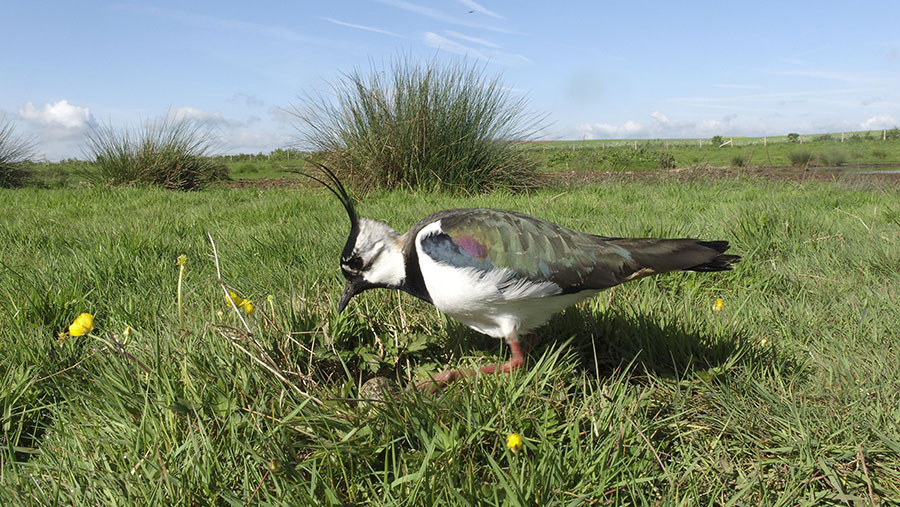Farmland bird count shows farmers committed to conservation
 © FLPA/Shutterstock
© FLPA/Shutterstock A major count of farmland birds has revealed sightings of several rare species, highlighting the positive work being done by land managers to reverse the long-term decline in bird numbers.
A total of 25 species from the Red List for Birds of Conservation Concern were recorded in this year’s count, with eight appearing in the 25 most frequently seen species list.
Of these, starlings, fieldfare, lapwing and linnet were the four most abundant red-listed species recorded, with more than 112,000 spotted in total, which equates to 22% of all the birds counted.
See also: How to establish, manage and rejuvenate hedgerows
The five most abundant birds counted were woodpigeons, starling, rooks, fieldfare and chaffinch. A total of 190,000 were seen, making up more than 37% of the total number of birds recorded.
‘Tremendous’ results
The NFU sponsored this year’s count and its president, Minette Batters, said the results were “tremendous”, adding that it was great that so many different threatened species were spotted.
“British farmers are proud to produce your food, and it is often unappreciated that they also provide habitats for wildlife and additional feeding for farmland birds during the winter months,” said Mrs Batters.
More than 2,500 farmers and gamekeepers took part in this year’s Big Farmland Bird Count, which was organised by the Game and Wildlife Conservation Trust (GWCT) from 5-21 February – despite much of the country being blanketed in snow around that time. That’s a 65% increase in the numbers of counts submitted in 2020.
For the count, land managers must pick a spot on their farm and record any bird sightings on a sheet for 30 minutes, then submit the results online.
Nationwide count
Surveys were undertaken in every county of England and across much of Scotland, Northern Ireland and Wales, with Norfolk topping the leader board with 189 submissions and Lincolnshire in second place with 131.
The GWCT’s Roger Draycott thanked all those who took part and said the results demonstrated that land managers “can lead the way in protecting our countryside alongside effective food production”.
He added: “It clearly shows that farmers, land managers and gamekeepers care for the land they work and, given that they look after 71% of all the land in the UK, that is extremely good news for the future of our treasured bird species.”
